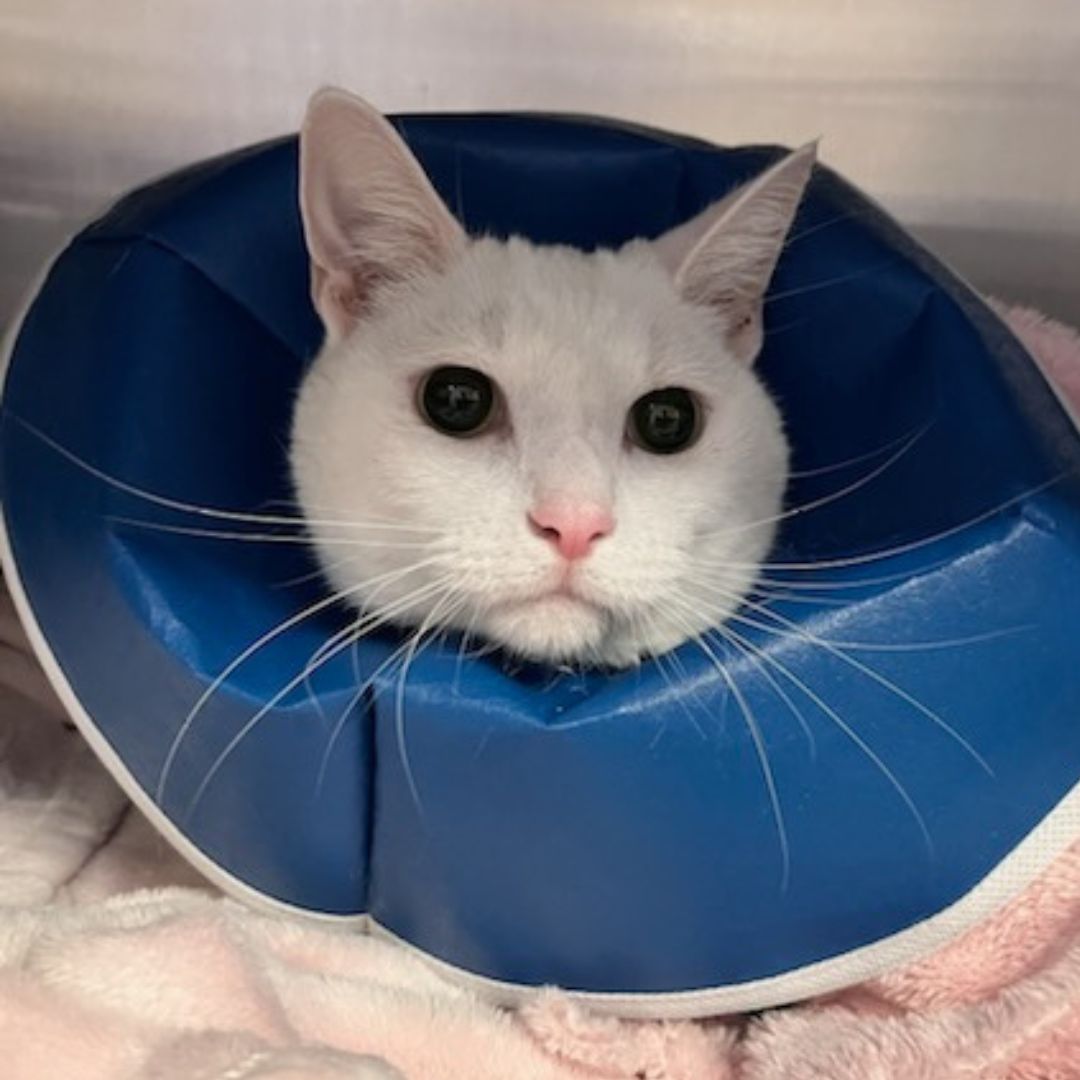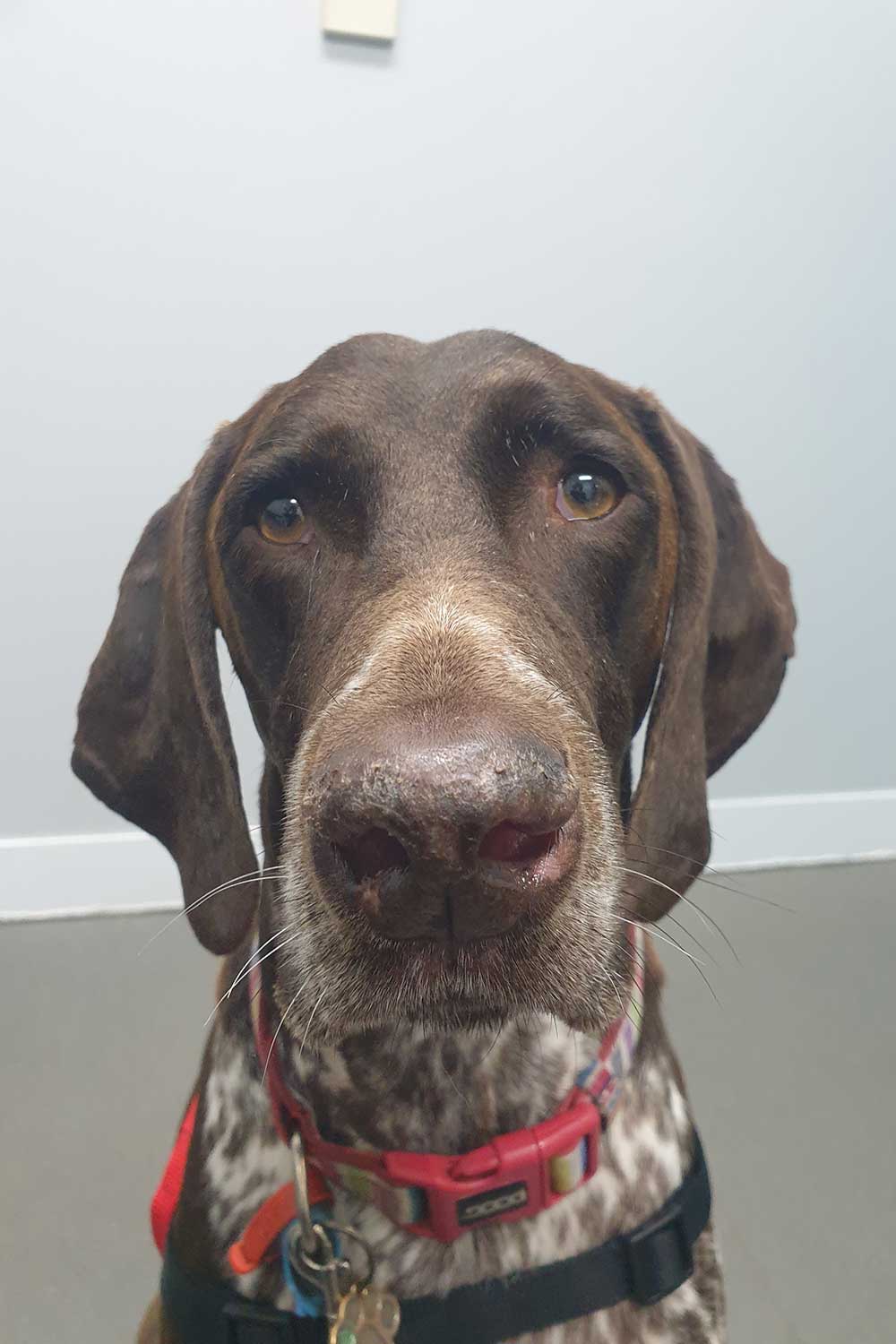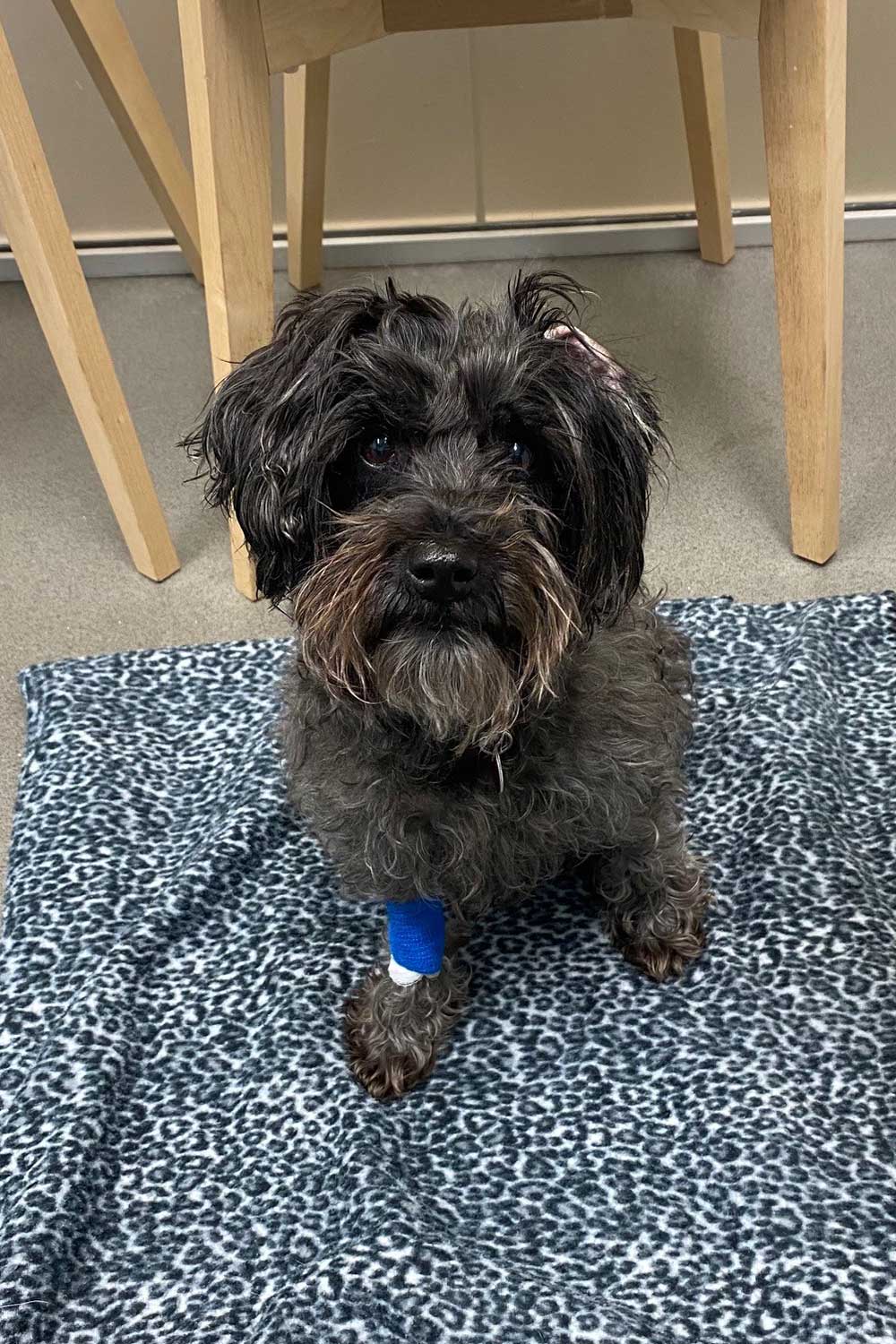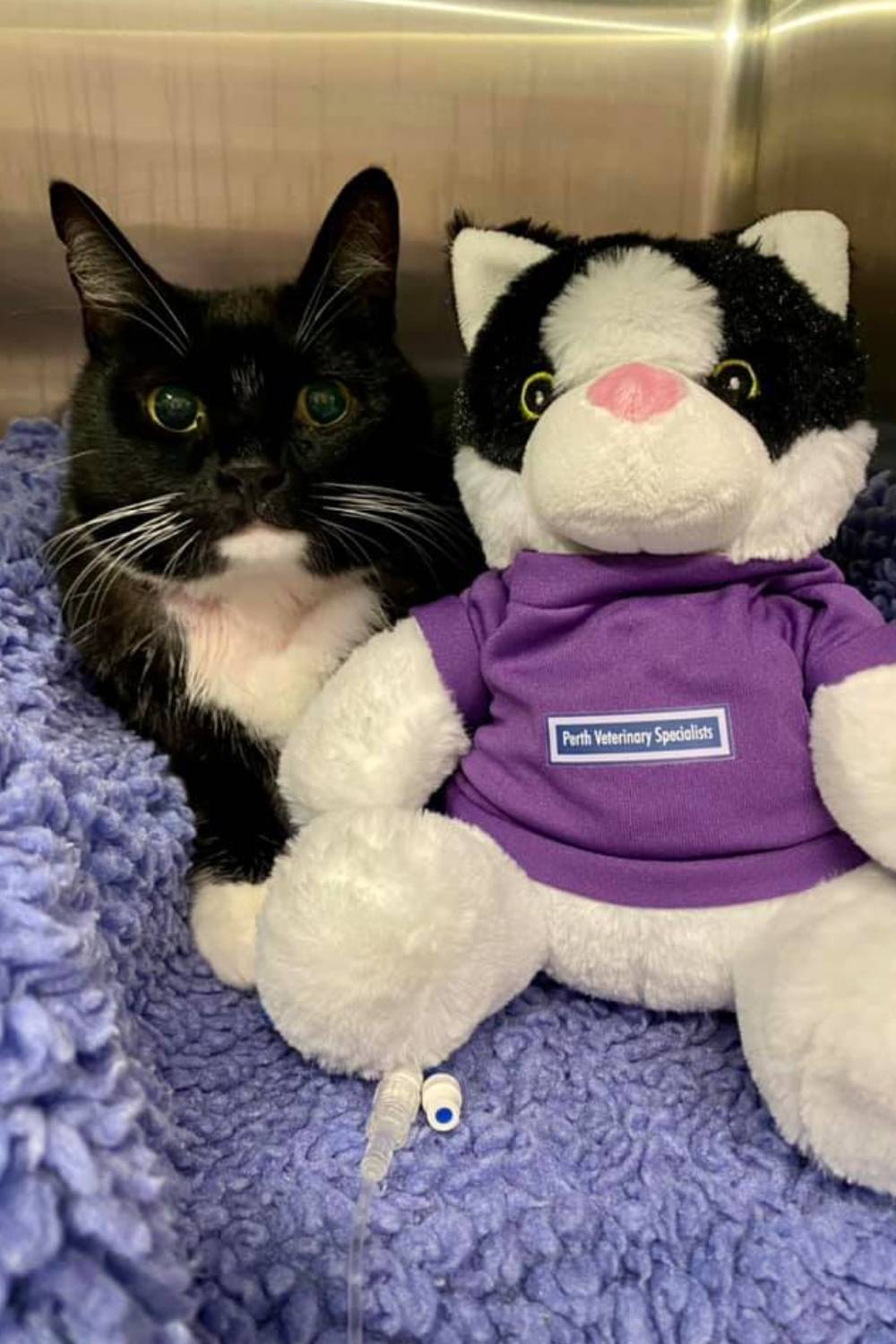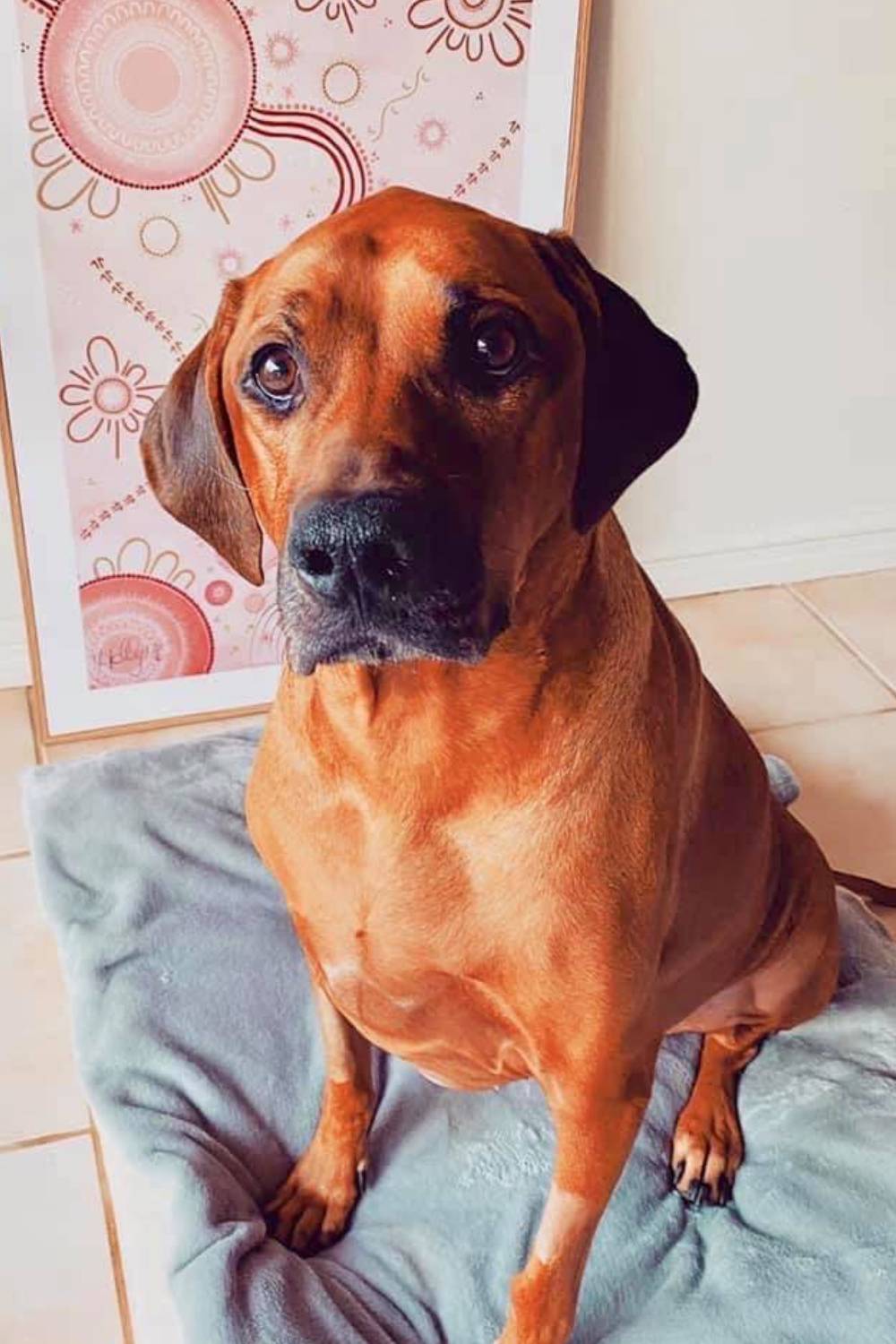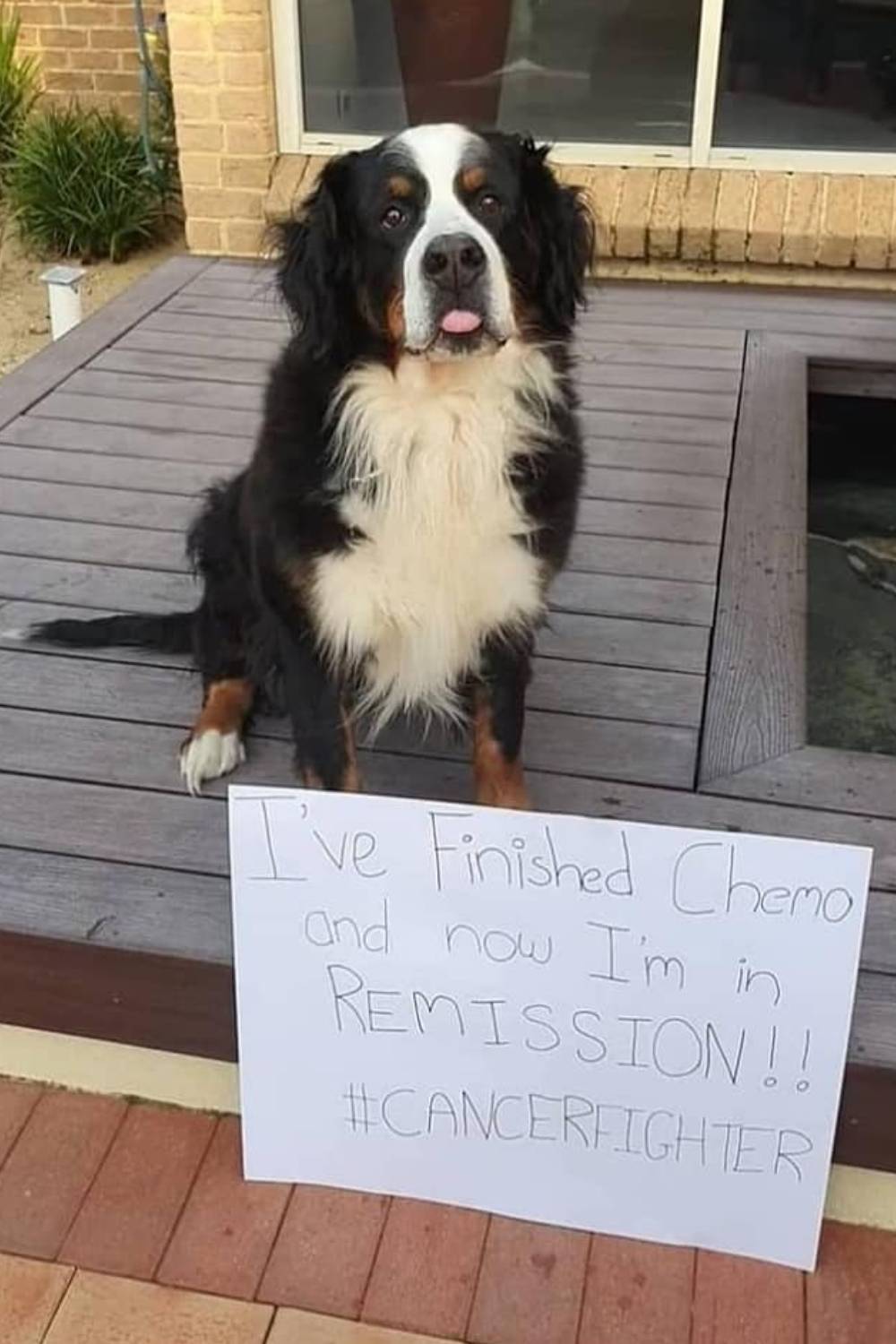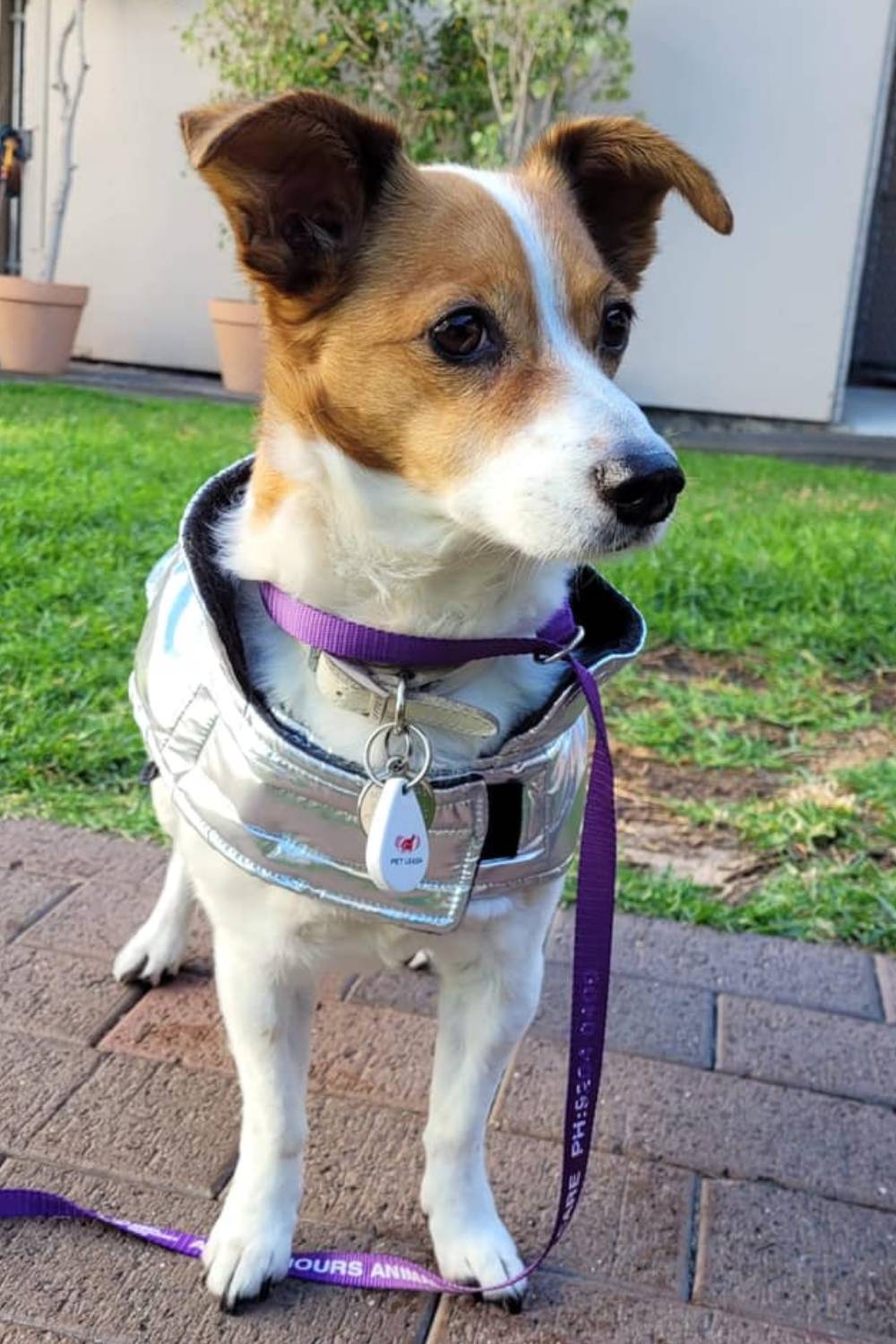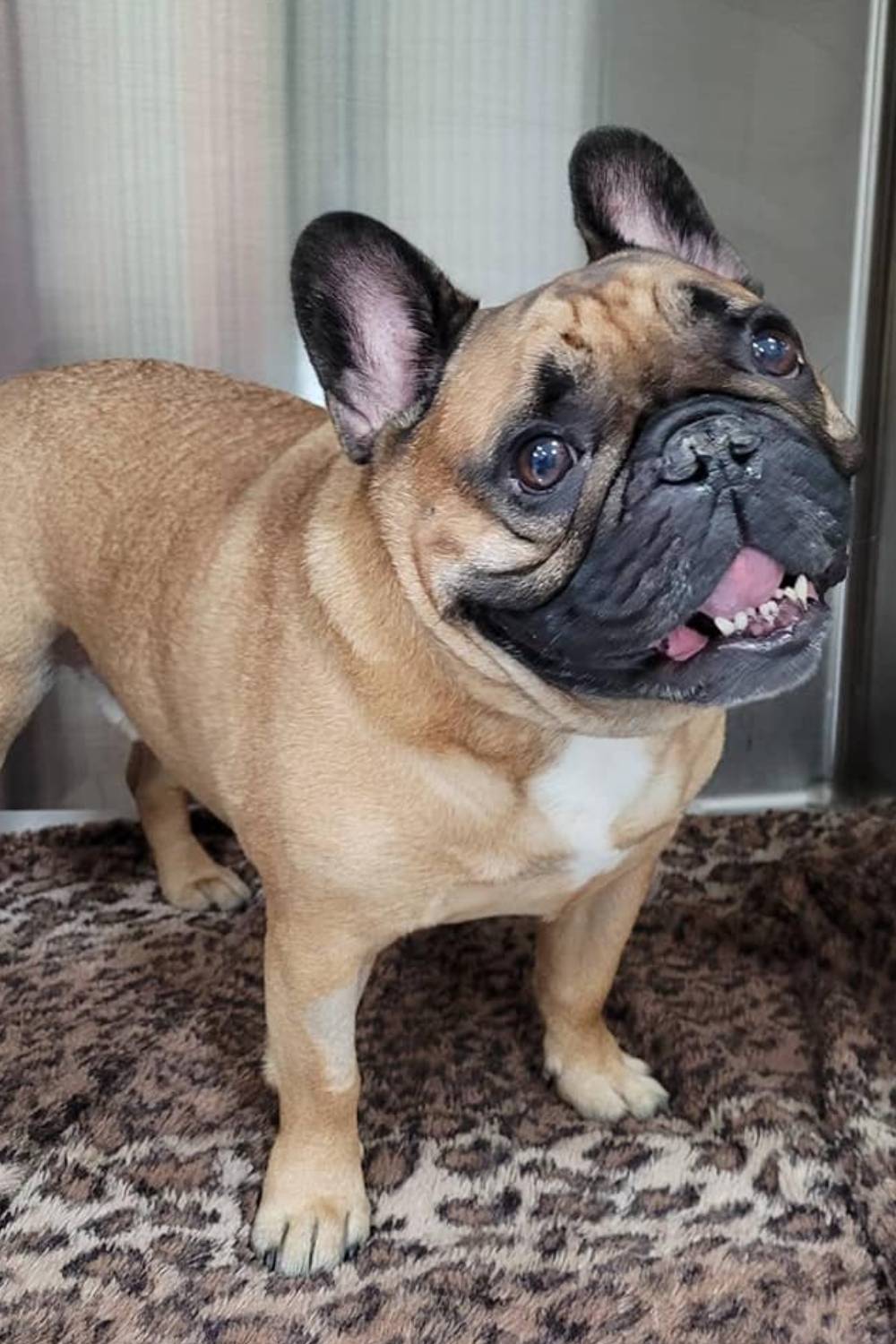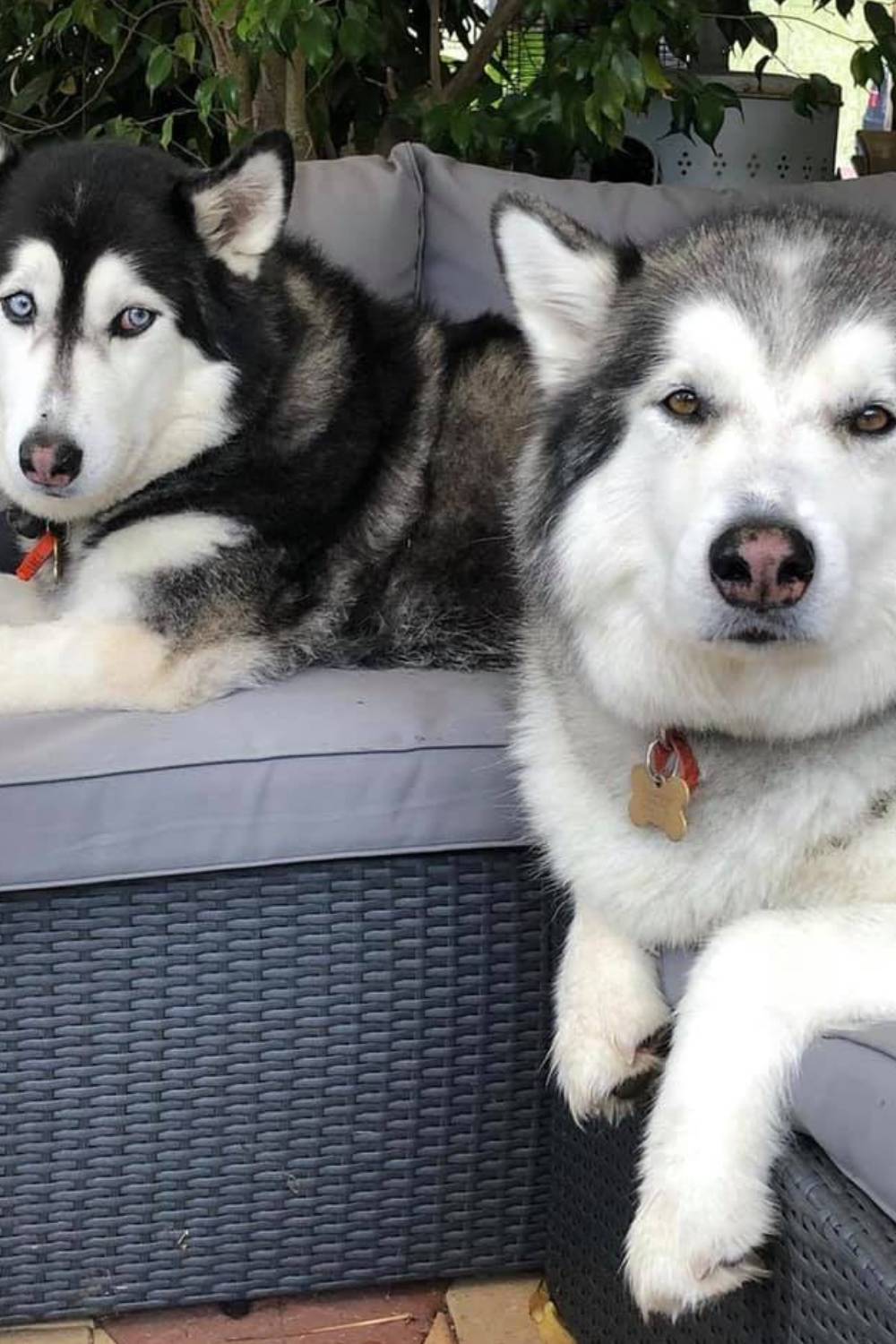Information For Owners
Here are some information on common questions about surgeries. Please note no two cases are exactly the same and information is general in nature and your vet may provide information differing from this and more specific to your pets case.
Care After Surgery
Please read these notes together with our forms covering bandage care and postoperative care for TTO and TWO procedures (Part B). There are three components to caring for your dog after this surgery – controlling pain, caring for the bone as it heals and caring for the joint. Maximise the chances of good results by following a very slow progressive return to activity
Time since the surgery recommendation
Up to 2 weeks:
- Strict confinement
- Very short leash walks to “toilet” only return to us for bandage removal and checkup at 10 to 14 days postop
2 to 4 weeks:
- Strict confinement when not on a leash leash walks as above, with some longer walks around garden only
- Aim for a number of very short walks per day passively gently flexing and extending the limb may be useful in some dogs
4 to 7 weeks:
- Strict confinement when not on a leash
- Longer leash walks can commence inside or outside your property, but only increased in distance if the leg is being used confidently without any obvious discomfort. How far you are walking at this stage will depend very much on how comfortable your own dog is. Some dogs will need to progress very slowly. If uncertain, start the week with a very gentle 3 minute walk 3 to 5 times a day and end the week with a 5 minute walk 3 to 5 times a day. Build the length of walking time up by 2 to 5 minutes per week. By the end of 7 weeks postop, some dogs may be able to walk for 15 to 20 minutes 3 to 5 times a day, others will not be up to this level. Always tailor the walking to your individual dog. You are overdoing it if your dog becomes tired or sore or lame by the end of the walk. Do not push your dog past a level at which they feel comfortable. If your dog is coping very well, try and do more sessions of walking per day, rather than increasing the length of the walks too much at this time. Swimming can be useful only if great care is exercised getting into and out of the water. You must still avoid any rough activity (jumping, running, other dogs etc)
7 to 8 weeks:
- Return to us for a check x-ray of the leg to see if the bone has healed solidly.This will be a visit for the day. (The cost of this procedure is not included in the initial surgical costs).
2 to 3 months:
- If the go-ahead has been given for more exercise; you may be able to progressively increase the length of the leash walks and the level of activity. This should be done with great regard to your own dog’s capability, The knee joint usually cannot withstand normal activity levels without some degree of soreness or injury before 3 months postop.
3 months onwards:
- If long leash walks of 30 minutes or more have been well tolerated with no soreness, free activity off the leash may be allowed.
Please note!
Remember, these recommendations are just that, recommendations. Your own dog may progress more quickly or more slowly than this. Always call us if you are unsure how you should be progressing with your own dog. Some dogs may require physiotherapy or careful use of pain killers or anti-arthritic agents to aid their recovery.
Finally, remember that your local, primary care veterinarian plays a vital role in assisting your pet’s recovery, particularly over the longer term.
Casts, Splints & Bandages
May be used on your pet for any or all of the following reasons: to reduce pain, reduce swelling, mechanically protect from stresses which may compromise a surgery’s success or protect against licking and exposure to the environment. They have an important role and attention to their care will minimise the chance of problems.
Your pets activity level:
Unless advised otherwise, pets which have had a limb cast, splint or bandaged should be strictly confined to prevent problems. They should not be allowed to run, jump, play etc. It is usually best to provide a clean, dry secure area in which they are securely confined during most of the day and night (e.g., bathroom or laundry). There should be nothing in the area that they may climb or jump onto. Many dogs and most cats will require a cage for safe confinement. The vast majority of pets are perfectly happy being confined for the period of their convalescence. Certainly, when no-one is home this is especially important. It is best not to let them have the run of the house, even when people are home, as most pets will still jump up onto furniture or run to see who is at the door etc. Cats love nothing better than to climb up to “vantage points” in the house. When being taken outside for any reason dogs should be on a leash the whole time.
Care for casts, splints & bandages:
Any time a dressing of any kind is placed on a pet’s leg or body, it requires we adjust the way we treat the pet to prevent problems arising. For example, access to water bowls may need to be supervised.
Never allow the dressing/cast to become wet. This is the biggest single cause of problems. Sources of moisture are wet grass, water bowls, saliva, urine etc. Wetness may cause serious problems within a few days, as bacteria begin to multiply in the dressing and on the skin. You can use a plastic bag over the dressing whenever pets go outside, but never leave it on for longer than 30 minutes. If a dressing/cast gets slightly wet, try carefully drying it with a hair dryer (depending on your pet’s temperament!) while being very careful not to overheat the skin beneath. If it has gotten too wet, it is best to return here to have a completely new clean dressing/cast applied.
Touch or squeeze the toes once or twice a day. Check for warmth, dryness and feeling. This is especially important for casts, which will not expand if the foot or leg should swell. Pick a time when the pet’s attention is distracted and touch or squeeze the toes in the dressing/cast. The normal response is for the pet to look at you or pull the leg back a little. If there is no response, try squeezing harder. If there is no feeling in the toes, the attention of a veterinarian should be sought immediately! Similarly, the toes should be looked at each day to see if there are any signs of swelling. Toes that are swollen indicate an underlying problem – seek advice – never cut off the bottom of a dressing/cast as any swelling is likely to worsen.
Keep an old clean sock over the dressing/cast. Socks keep a lot of dirt off while still allowing the dressing to “breathe”. Many dogs stop licking a dressing when a sock is placed over it. Don’t use waterproof / electrical / duct tape or plastic as a cover as they don’t allow the dressing to “breathe”.
Watch for irritations at the top of the dressing/cast. This may be caused by an allergic reaction to the sticky plaster, licking at the bandage, or a dressing which is rubbing. Call for advice if you notice this problem. With care, soft dressings will usually last for about 2 weeks, and casts should last for 6 to 8 weeks or more. Please note when your pet’s dressing needs to be changed or removed and arrange an appointment for this to be done. Sometimes, it’s best to drop your pet off early in the morning, then pick them up that evening.
PLEASE DON’T HESITATE TO CALL IF YOU HAVE ANY QUERIES
Concepts
Anatomy
The cruciate ligaments in the dog knee joint (stifle) play a very important role in stabilising the joint. The cranial cruciate ligament (CrCL) is the most important of these. Its role is to limit the internal rotation (twisting) and extension (straightening)of the stifle. It also has a very important role in limiting the cranial or forward movement (cranial “drawer”/ instability) of the tibia bone.
Cranial cruciate ligament disease
Many dogs develop disease of the CrCL. This may be precipitated by an injury or arise through the stresses of normal activity. Once the CrCL is damaged, it is usually painful for dogs to bear weight on the leg, so they will appear lame. They may be lame all the time, only when walking or running, or only pick up the leg when standing. If left alone, the CrCL damage will tend to progress to complete rupture of the ligament. Over time, the instability of the stifle and the damaged ligament inside the joint will promote arthritis in the joint. The best results from CrCL surgery in the dog occur when surgery is performed sooner rather than later – before arthritis becomes entrenched.
Fixing the problem
There are three main ways of addressing CrCL damage in dogs. For many years, veterinary surgeons have used material, either external to the joint (heavy suture materials), or internally in the joint (using the body’s own tissue) to “tighten” and stabilise the joint. These techniques attempted to stabilise the stifle independently to weight-bearing. More recently, we have been using the Triple Tibial Osteotomy (TTO) and Tibial Wedge Osteotomy (TWO) (variations of these are called TPLO and TTA) techniques to provide stability to the joint in a dynamic way. We feel these newer tibial osteotomy techniques have given us an improved ability to control the abnormal cranial drawer movement (instability) of the stifle over the long term, especially in larger, boisterous or heavily muscled dogs. We feel this leads to better results in these dogs, leading to happier dogs with less knee joint pain. Either the TTO or TWO may be better suited for use in your dog.
TWO
This surgery removes a wedge of bone (determined from preoperative x-ray planning) from the tibia just below the stifle joint. The bone is repaired with a bone plate and screws.
TTO
This surgery removes a smaller wedge of bone and adds another cut in the bone to allow the attachment point of the patellar tendon to sit further forward – so the quadriceps plays a more active role in stabilising the joint.
Both these techniques allow us to avoid “tightening” the joint in a static sense with artificial materials. The forces acting through the joint are changed and in a sense “neutralised” so there is much less need for a cranial cruciate ligament.
We use a bone plate and screws (implants) to hold the bones together while they heal. Healing usually takes 6 to 8 weeks. The implants usually do not require removal. The skin incision we make is on the inner side of the stifle and tibia. Scarring is minimal and once the hair grows back, there is generally no obvious sign of the surgery.

